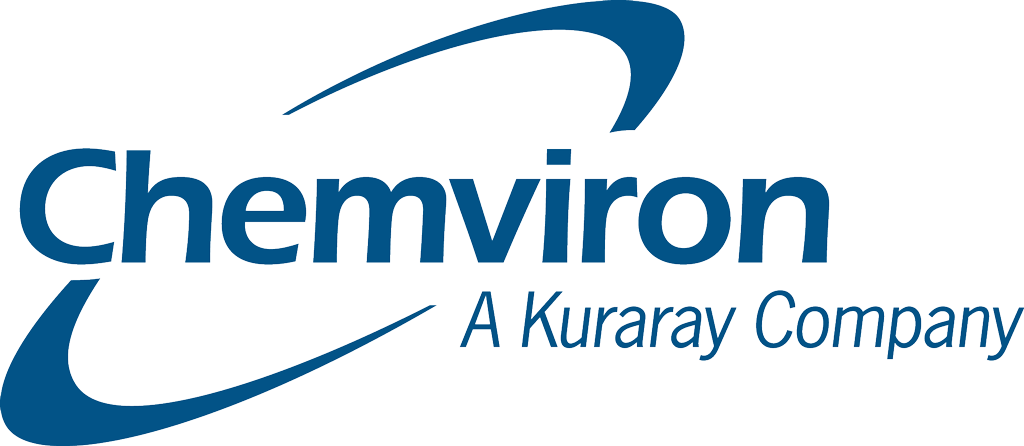Per- and polyfluoroalkyl substances (PFAS) are a large family of chemicals that contain carbon, fluorine and other elements. Historically, these may have been referred to under the term ‘PFC’ which stood for Per Fluorinated Chemicals. However, PFC is also used to mean ‘Per Fluorinated Carbons’ ie greenhouse gases and so this term is no longer used for PFAS compounds.
All PFAS contain a chain of carbon atoms bonded to fluorine atoms. The difference being that in perfluoroalkyl substances, all the carbons except the last one in the carbon chain, are attached to fluorine atoms whereas in polyfluoroalkyl substances, at least one, but not all, the carbons in the carbon chain are attached to fluorine atoms.
Per and Polyfluoroalkyl Substances (PFAS) are manmade fluorinated compounds which are not naturally found in the environment. Large amounts of PFAS have also been produced during historic manufacturing processes since the 1940’s. They are found in everyday items as well as being widely used in industrial applications coating additives as a surface-active agent and firefighting foams and so can enter the environment though releases into the air, soil, and water streams.
PFOS (Perfluoro octane sulfonate) and PFOA (Perfluoro octanoic acid) are the most commonly discussed PFAS, but PFAS is a class with many thousands of compounds.
PFAS are recognised as harmful as they are persistent and mobile in the atmosphere and aqueous environments, due to their chemical stability and low volatility They have therefore become known as “Forever Chemicals” because they don’t break down in the natural environment or in our bodies.
How are PFAS being regulated?
Within the EU, PFOA and PFOS have been listed under the Stockholm Convention on Persistent Organic Pollutants (POPs) and as a consequence, are now restricted under the EU POPs Regulation. Another PFAS (PFHxS), less widely used than PFOA and PFOS but often found in the environment and in human biomonitoring, is currently being assessed for a restriction under REACH and is also considered for listing under the Stockholm Convention.
Some longer chain PFAS (C9-C14 PFCAs Perfluorocarboxylic Acids) are not known to be intentionally used in the EU, but they can be present as impurities during the manufacture of other PFAS.
A restriction process under REACH is ongoing, following the proposed restriction by Denmark, Germany, the Netherlands, Norway, and Sweden and was submitted to ECHA on 13 January 2023. Around 10,000 Per- and Polyfluoroalkyl substances (PFAS) are under review by ECHA.
Main PFAS Compounds found in water
There are hundreds of different PFAS compounds, but the following table details a list of the main PFAS that are considered for treatment – at least in drinking water applications.
| No | Acronym(s) | Description |
| 1 | PFBA | Perfluorobutanoic Acid |
| 2 | PFPeA | Perfluoropentanoic acid |
| 3 | PFHxA | Perfluorohexanoic acid |
| 4 | PFHpA | Perfluoroheptanoic acid |
| 5 | PFOA | Perfluorooctanoic acid – linear and branched |
| 6 | PFNA | Perfluorononanoic acid |
| 7 | PFDA | Perfluorodecanoic acid |
| 8 | PFUnA; PFUdA; PFUnDA | Perfluoroundecanoic acid |
| 9 | PFDoA; PFDoDA | Perfluorododecanoic acid |
| 10 | PFTrDA;PFTriA | Perfluorotridecanoic acid |
| 11 | PFTeA; PFTeDA | Perfluorotetradecanoic acid |
| 12 | PFHxDA | Perfluorohexadecanoic acid |
| 13 | PFODA | Perfluorooctadecanoic acid |
| 14 | PFBS | Perfluorobutane sulfonic acid |
| 15 | PFPeS | Perfluoropentane sulfonic acid |
| 16 | PFHxS | Perfluorohexane sulphonic acid – linear and branched |
| 17 | PFHpS | Perfluoroheptane sulfonic acid |
| 18 | PFOS | Perfluorooctane sulfonic acid – linear and branched |
| 19 | PFNS | Perfluorononane sulfonic acid |
| 20 | PFDS | Perfluorodecane sulfonic acid |
| 21 | PFUnDS | Perfluoroundecane sulfonic acid |
| 22 | PFDoS; PFDoDS | Perfluorodecane sulfonic acid |
| 23 | HFPO-DA (Gen-X) | Hexafluoropropylene oxide-dimer acid or perfluoro-2-propoxypropanoic acid – (FRD 903) |
| 24 | HFPO-TA | Hexafluoropropylene oxide trimer acid |
| 25 | DONA:ADONA | 4,8-dioxa-3H-Perfluorononanoic acid |
| 26 | PFMOPrA | Perfluoro-3-methoxypropanoic acid |
| 27 | NFDHA | Perfluoro-3,6-dioxaheptanoic acid |
| 28 | PFMOBA | Perfluoro-4-methoxybutanic acid |
| 29 | PFECHS | Perfluoroethylcyclohexane Sulphonate |
| 30 | 3:3 FTCA | 3-Perfluoropropyl Propanoic acid |
| 31 | 5:3 FTCA | 5:3 Fluorotelomer carboxylic acid |
| 32 | 7:3 FTCA | 2H,2H,3H,3H-Perfluorodecanoic acid |
| 33 | PFEESA | Perfluoro(2-ethoxyethane)sulphonic acid |
| 34 | 6:2 Cl-PFESA;9Cl-PF3ONS | 6:2 chlorinated polyfluoroalkyl ether sulfonate |
| 35 | 8:2 Cl-PFESA;11Cl-PF3OUdS | 11-chloroeicosafluoro-3-oxaundecane-1-sulfonic acid |
| 36 | 4:2 FTSA; 4:2 FTS | 4:2 Fluorotelomer sulfonic acid |
| 37 | 6:2 FTSA; 6:2 FTS | 6:2 Fluorotelomer sulfonic acid |
| 38 | 8:2 FTSA; 8:2 FTS | 8:2 fluorotelomer sulfonic acid |
| 39 | FBSA; PFBSA | Perfluorobutane sulfonamide |
| 40 | FHxSA | Perfluorohexane sulfonamide |
| 41 | FOSA (PFOSA) | Perfluorooctane sulfonaminde – Linear and branched |
| 42 | MeFOSA; N-MeFOSA | N-methylperfluorooctane sulfonamide – Linear and branched |
| 43 | EtFOSA; N-EtFOSA | N-ethyl perfluorooctane sulfonamide – Linear and branched |
| 44 | MeFOSE | N-methylperfluorooctanesulfonamidoethanol |
| 45 | EtFOSE | N-ethyl-N-(2-hydroxyethyl)-perfluorooctanesulfonamide |
| 46 | NMeFOSAA; MeFOSAA; MePFOSAA | 2-(N-Methylperfluorooctanesulfonamido) acetic acid |
| 47 | NEtFOSAA; EtFOSAA; EtPFOSAA | N-ethyl perfluorooctane sulfonamido acetic acid |
| MePFBSA | N-methylperfluor-n-butanesulfonamide | |
| MePFBSAA | N-methylperfluor-n-butanesulfonylamide acetic acid | |
| PFTrDS | perfluorotridecan sulfonic acid | |
| 10:2 FTS | 10:2 fluorotelomer sulfonic acid | |
| 6:2 diPAP | 6:2 fluorotelomer phosphate diester | |
| 6:2/8:2 diPAP | 6:2/8:2 fluorotelomer phosphate diester | |
| 8:2 diPAP | 8:2 fluorotelomer phosphate diester |
https://echa.europa.eu/fr/-/echa-publishes-pfas-restriction-proposal

